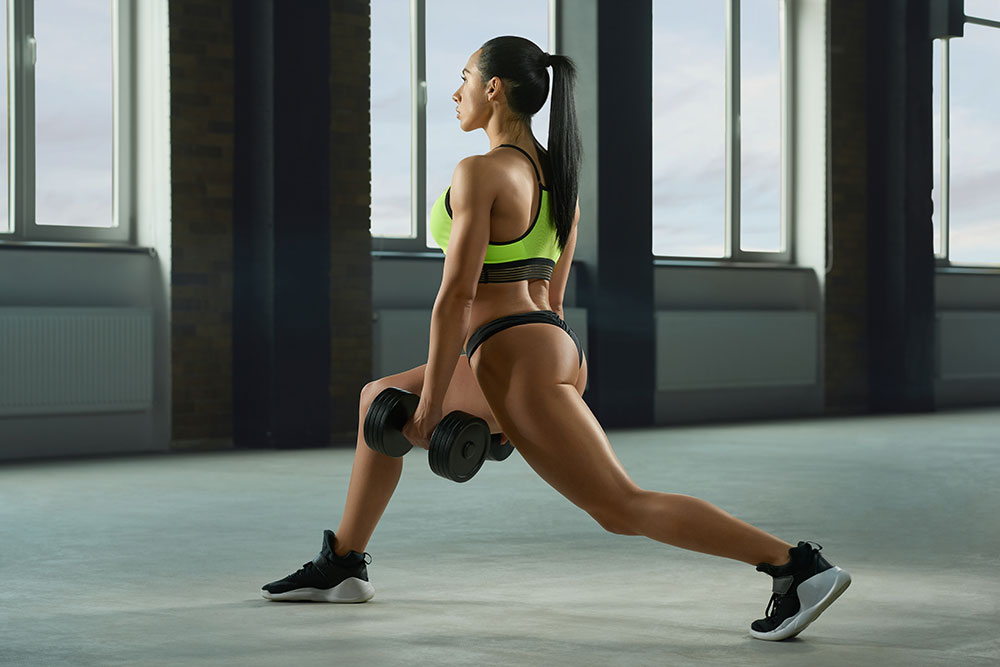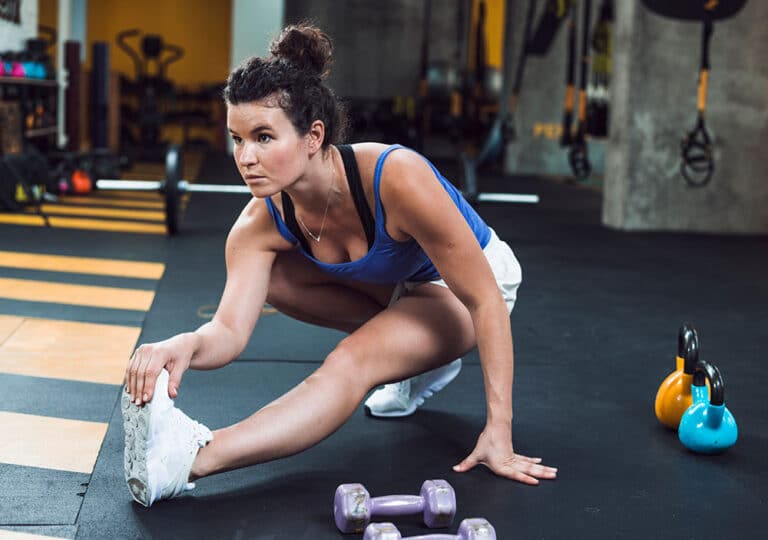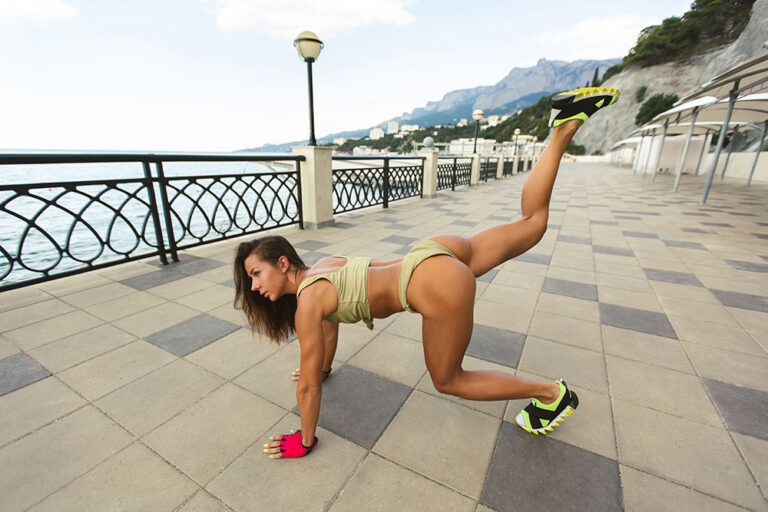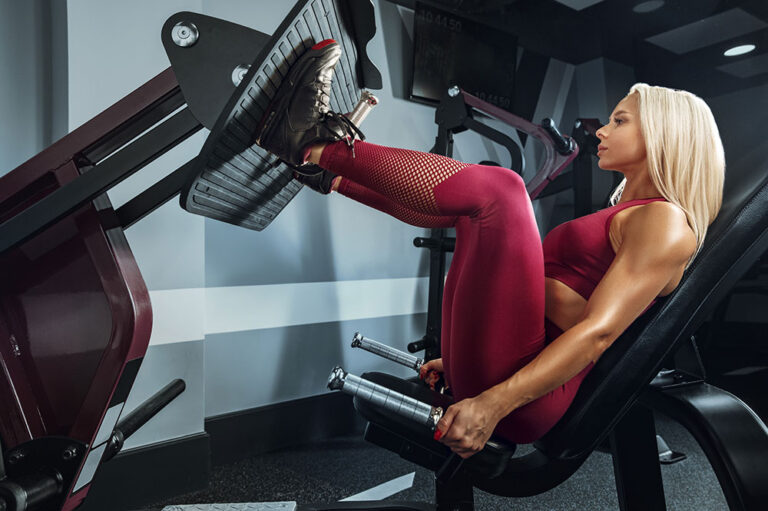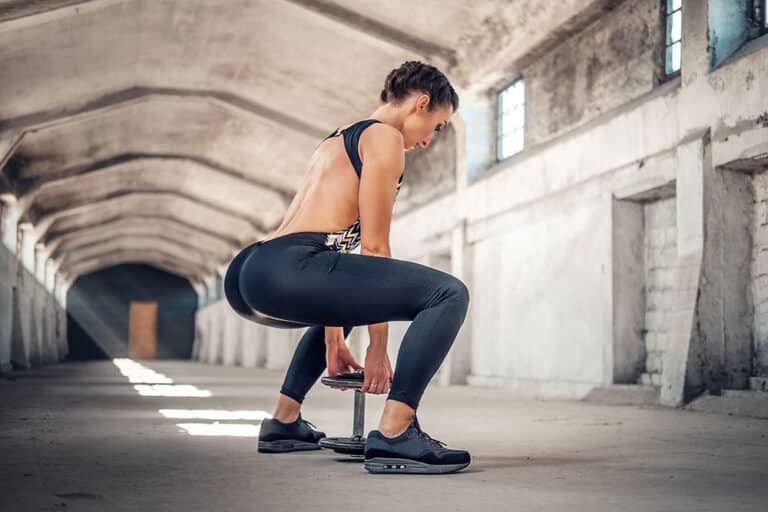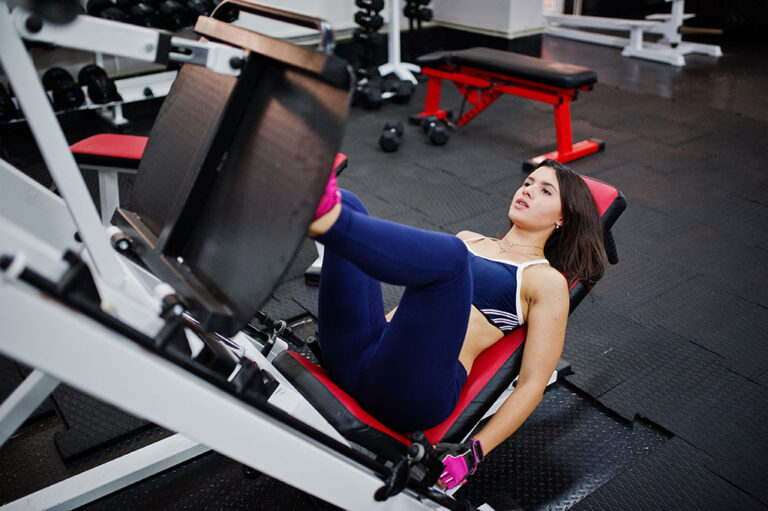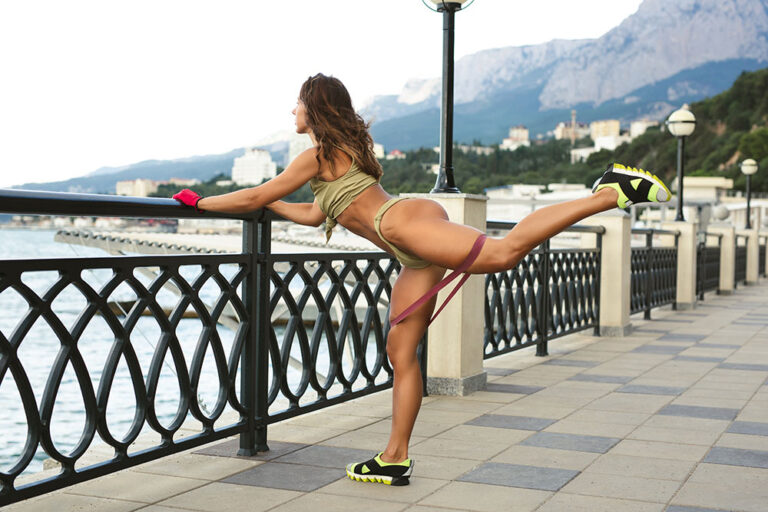Lower Body Exercise Routine to do at Home with Dumbbells
Introduction to the importance of lower body exercises
Are you ready to transform your lower body without stepping foot in a gym? Say goodbye to expensive memberships and crowded workout spaces. With just a pair of dumbbells and some motivation, you can sculpt those legs, strengthen your glutes, and engage your core—all from the comfort of home. Lower body exercises are essential not only for aesthetics but also for overall functional strength. Whether you’re chasing after kids or simply want to feel more confident in your own skin, focusing on these muscle groups is key. Let’s dive into an effective lower body exercise routine that will have you feeling empowered and energized!
Benefits of using dumbbells for lower body workouts
Dumbbells are a versatile tool that can elevate your lower body workouts. They add resistance, which helps to build strength and muscle effectively. This added weight challenges your muscles in new ways, promoting growth and toning.
Using dumbbells allows for a range of movements that target different muscle groups. From squats to lunges, the options are plentiful. You can easily adjust the weight according to your fitness level, making them suitable for beginners and seasoned athletes alike.
Incorporating dumbbells also enhances balance and stability. As you perform exercises with one or two weights, you engage core muscles more than when using bodyweight alone.
Additionally, dumbbell workouts can be performed at home or anywhere else with ease. Their compact nature means they don’t require much space—perfect for those limited on room but still eager to get fit!
Necessary equipment and space needed for at-home workouts
To embark on your lower body exercise routine at home, having the right equipment is crucial. A set of dumbbells is essential. They come in various weights, allowing you to adjust resistance according to your fitness level.
Consider investing in a yoga mat for added comfort during floor exercises. It provides cushioning and support while helping prevent injuries.
The space required should be adequate yet minimal. Find an area where you can comfortably move without obstructions. Ideally, this would be a clear patch of floor that allows for lunges and squats.
Good ventilation matters too; it keeps the environment fresh as you work out. If possible, choose a spot near natural light to boost your mood and energy levels during workouts.
Warm-up exercises for the lower body
Warming up is essential before any workout, especially for the lower body. It helps prevent injuries and prepares your muscles for the exercises ahead.
Start with some dynamic stretches. Leg swings are great for loosening up your hips. Stand next to a wall or support, swing one leg forward and backward while keeping your torso stable.
Next, include high knees into your routine. This gets your heart rate up while engaging those hip flexors and quadriceps.
Don’t forget about side lunges! Step out wide to each side, bending one knee while keeping the other straight. This promotes flexibility in your inner thighs and groin area.
Finish off with ankle circles to warm up those joints. Lift one foot off the ground and rotate it in circular motions—this will enhance mobility where you need it most during dumbbell workouts.
Lower body exercise routine with dumbbells:
Squats are a fantastic starting point. Hold a dumbbell in each hand, feet shoulder-width apart. Lower your body as if sitting in a chair, keeping your chest up and knees aligned with toes. Push through your heels to return to the start.
Next up are lunges. Step forward with one leg while lowering your hips until both knees form 90-degree angles. Hold weights for added resistance and switch legs after each set.
Deadlifts target multiple muscle groups. Stand tall, dumbbells in front of you. Bend at the hips and lower the weights down your legs, keeping your back straight. Engage those glutes as you rise back up.
Calf raises round out this routine nicely. Stand on an elevated surface or flat ground holding dumbbells at your sides. Lift onto the balls of your feet, squeezing at the top before slowly lowering back down for maximum effect.
A. Squats
Squats are a fundamental exercise that targets multiple muscles in the lower body. They primarily engage your quadriceps, hamstrings, and glutes. What makes squats so effective is their ability to build strength while improving flexibility.
To perform a squat with dumbbells, stand with your feet shoulder-width apart. Hold a dumbbell in each hand at your sides or rest them on your shoulders for added resistance. As you lower yourself down, push your hips back like you’re sitting into an invisible chair.
Ensure that your knees track over your toes without extending too far forward. Keep your chest lifted and core engaged throughout the movement.
Aim for three sets of 10-15 repetitions, allowing yourself enough rest between sets to maintain good form. Squats not only sculpt the legs but also enhance stability and balance—essential qualities for any fitness routine.
B. Lunges
Lunges are a fantastic addition to any lower body exercise routine. They engage the quads, hamstrings, and glutes while also improving balance and stability.
To perform a lunge correctly, start by standing tall with your feet hip-width apart. Take a step forward with one leg, lowering your hips until both knees are bent at about 90 degrees. Ensure that your front knee stays over your ankle to prevent strain.
Push back up to the starting position and switch legs. You can hold dumbbells in each hand for added resistance or adjust the weight according to your fitness level.
Incorporating variations like reverse lunges or walking lunges keeps things interesting and challenges different muscle groups. Lunges not only build strength but also enhance flexibility in the hips and legs, making them perfect for any home workout routine focusing on lower body development.
C. Deadlifts
Deadlifts are a powerhouse exercise that targets multiple muscle groups in your lower body. They primarily engage the hamstrings, glutes, and lower back. This makes them an essential addition to any strength-training routine.
To perform a dumbbell deadlift, start by standing with your feet hip-width apart. Hold a dumbbell in each hand, letting them hang naturally at your sides. As you bend forward from the hips, keep your back straight and shoulders relaxed. Lower the weights towards your shins while pushing your hips back.
When you’re ready to rise, push through your heels and squeeze those glutes as you return to standing. It’s crucial to maintain proper form throughout the movement to avoid injury.
Aim for three sets of 8-12 repetitions depending on your fitness level. Deadlifts not only build strength but also improve stability and posture over time!
D. Calf raises
Calf raises are a fantastic addition to your lower body exercise routine. They specifically target the calf muscles, promoting strength and definition in your legs. This exercise can be easily performed with dumbbells for an extra challenge.
To start, stand tall with your feet hip-width apart. Hold a dumbbell in each hand, letting them rest by your sides. Gradually lift your heels off the ground while balancing on the balls of your feet. Focus on squeezing the calves at the top of the movement before lowering back down slowly.
You can vary this exercise by doing single-leg calf raises as well. Just shift all your weight onto one leg and repeat the motion for added intensity and stability work. Incorporating calf raises into your routine enhances muscle tone and boosts overall athletic performance too!
Tips for proper form and technique
Maintaining proper form during your lower body workout is crucial for effectiveness and injury prevention. Start by keeping your back straight and core engaged in every exercise. This helps stabilize your movements.
For squats, ensure your knees track over your toes without extending beyond them. Sit back as if you’re lowering onto a chair, which will help distribute the weight effectively.
While lunging, take a big step forward to create a 90-degree angle with both legs. Your front knee should stay directly above the ankle.
During deadlifts, hinge at the hips instead of bending at the waist. Keep dumbbells close to your shins; this positions you better for lifting safely.
Calf raises require balance—stand tall on the balls of your feet while keeping shoulders relaxed. Focus on smooth motions rather than rushing through reps to maximize their benefits.
Cool-down stretches for the lower body
After an effective lower body workout, it’s essential to take time for cool-down stretches. This helps your muscles recover and improves flexibility.
Start with a standing quad stretch. Stand tall, grab one ankle behind you, and gently pull it towards your glutes. Hold for 20-30 seconds on each side. Next, move into a hamstring stretch by sitting on the ground with one leg extended and the other bent inwards. Reach toward your toes of the extended leg while keeping your back straight.
To target your calves, find a wall or sturdy surface to lean against. Step back with one foot while pressing its heel down into the floor; hold this position for about 15-20 seconds before switching sides.
Finish off with a hip flexor stretch by kneeling on one knee and pushing forward slightly until you feel a gentle pull in the front of your hip that is down on the ground. Switch legs after holding for 20-30 seconds.
Incorporating these stretches will aid recovery after performing this lower body exercise routine at home with dumbbells, ensuring you’re ready to tackle future workouts efficiently!
- About the Author
- Latest Posts
Johnnie D. Jackow Sr., the founder and CEO of Total Body Fitness, Worldwide, has a long-standing career in the fitness industry. He began as a certified personal trainer in the mid-90s and soon after authored his first weight loss book in 1998. This led to the launch of Total Body Fitness, Nationwide in the USA at the same time. Johnnie gained recognition as the fitness guru of his time, running infomercials on local TV late at night in Houston, Texas. Over the years, he has helped more than 40,000 individuals from all over the world achieve their health and fitness goals. With over 60,000 hours of documented training in integrative functional medicine, he completed his PhD in human physiology in 2010. His primary objective is to assist people in reaching their health and fitness goals through alternative approaches rather than relying solely on conventional medicine and pharmaceutical drugs. Today, with almost three decades of experience under his belt, Johnnie continues to be a leader in health and fitness.

